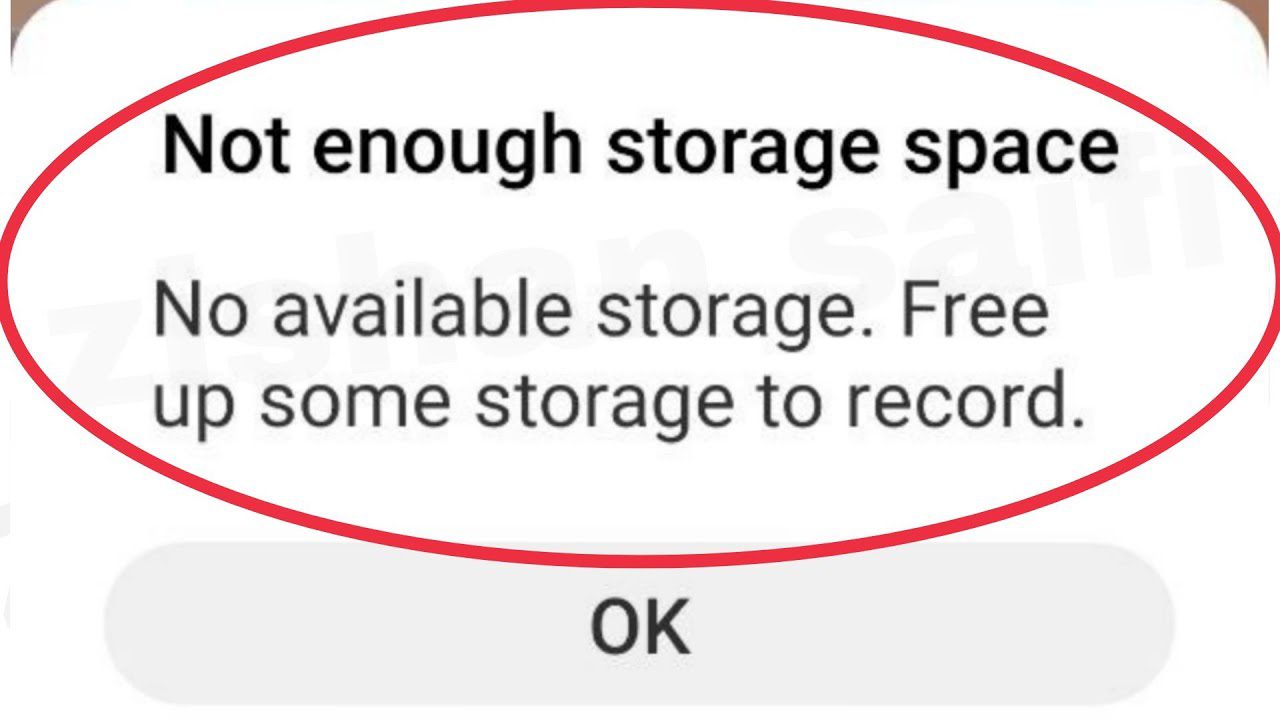Ah, the dreaded notification.

When you originally bought your phone, didn’t you think 128 megabytes sounded like enough?
However, many of you will have received the dreaded notification: storage full a few years from now.
To save up space, you can delete images and videos. After all, do you really need all six images of your bagel or the three hazy movies of your puppy acting adorable?
You may not know this, but as part of your Amazon Prime subscription, you receive free photo storage. There are guides to swiftly delete the duplicates.
Maybe it’s the pictures?
Of course, there are four more locations in the cloud where you can keep your images. But if you’re out of storage, there’s a little-known setting that might be to blame.
But first things first, go Settings > General > iPhone Storage to check what’s using up space.
You’ll see a graph showing how much free space you have as well as which apps, files, and pictures are using up the most memory on your phone.
Observed how much of your storage your films and pictures are taking up? The size of a file is influenced by its quality, length, resolution, bitrate, and format.
A minute of 1080p video requires approximately 130 MB. 60 seconds of the same content in 4K? 475 MB. A 10 minute 4K video may use up close to 4 GB of storage.
Additionally, pictures can take up a lot of room.
Once more, it depends on elements like as resolution, format, and compression. A decently processed JPEG takes up between 3 and 5 MB. A 12-megapixel uncompressed image may take up 36 MB.
Perhaps the videos?
Photos can take up a lot of space on your smartphone, just like videos can. An image file’s size is influenced by a number of elements, including its resolution, the format in which it is stored, and the level of compression used.
Turning on 4K is a no-brainer if you want your videos to appear fantastic, right? Your phone will function properly if it works well enough for your TV.
If you want to watch your films on your TV or anyplace else with a larger screen than your phone, it’s accessible on the iPhone 8 and subsequent models.
The issue is that the files are significantly bigger than the videos at ordinary resolution.
Go to Settings > Camera > Record Video and choose from the list of choices to check your video settings. Switch off 4K.
With a smartphone or digital camera, you can take pictures that are saved as image files like JPEG, TIFF, or RAW. For everyday use, a JPEG is a processed, compressed image.
In contrast, RAW files are enormous and can take up a lot of storage space. The raw photo data is what RAW files are simply. The image is saved by your camera just as it was captured, without any editing or compression.
RAW photographs consume a lot of storage, and Apple explicitly warns users about this in the camera settings by stating that each file is 25 MB in size. Contrast this with the typical JPEG images on your phone, which occupy a space of roughly 1 MB.
The end result has a significantly bigger file but offers more control. A RAW file allows for more exact white balance, color, and exposure adjustments.
The RAW image format was previously only used by digital cameras. For the iPhone 12 Pro and later, iOS 14.3 saw the debut of Apple‘s ProRAW format. It might be time to downgrade if you turned it on and discovered that you have no storage.
Toggle off Apple ProRAW by going to Settings > Camera > Formats, then choose between 12 MP or 48 MP resolution photos.
Best Settings
The camera on your phone can do a lot more than just point and click. The settings you’ll probably see and what they do are listed below.
Resolution: You can manage the file size and quality by changing the resolution. The quality and file size increase as the resolution does as well.
A high-contrast, vivid image is produced by combining many exposures of the same scene using HDR (High Dynamic Range).
Use the night mode when it’s dark outside, sophisticated algorithms to brighten and lessen noise in low-light conditions.
In portrait mode, the background is softly blurred and the subject is in focus thanks to depth-sensing technology that produces a shallow depth-of-field impression.
Get complete control over parameters like ISO, shutter speed, and focus, much like with a DSLR camera, in pro/manual mode.
Panorama: Record expansive vistas. Your camera will automatically patch together many images taken as you pan.
Burst Mode: Keep the shutter button depressed to snap a number of pictures more quickly than manually possible. For action photos, sports, children, and animals, it works beautifully.